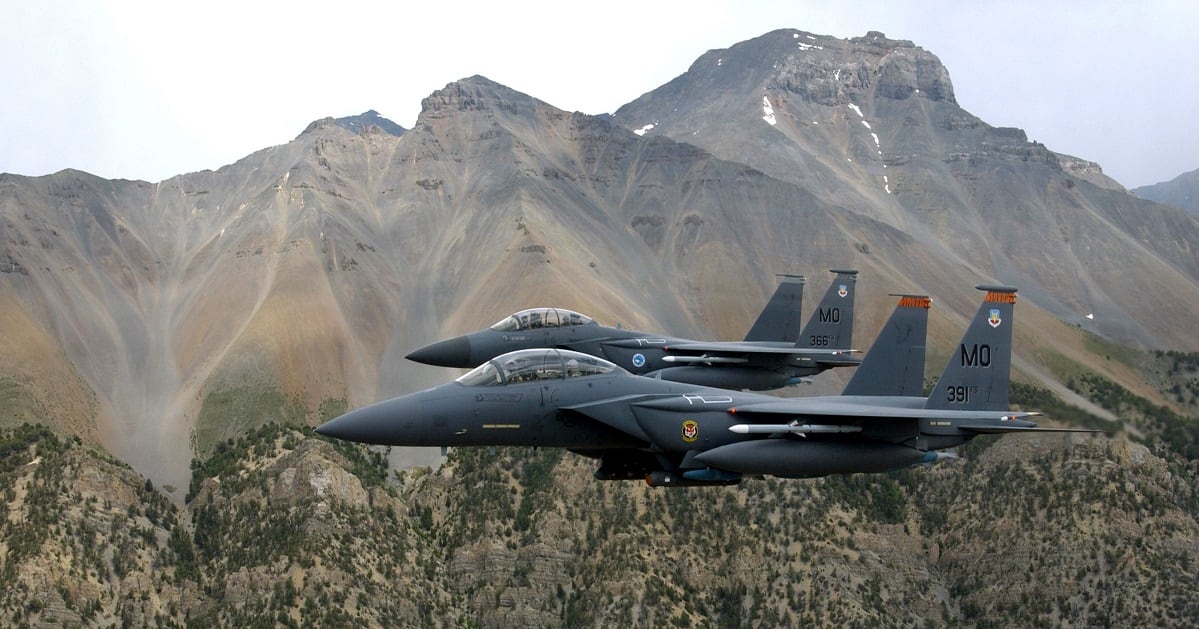BOISE, Idaho — A lawsuit seeking to stop airmen and fighter jets at Mountain Home Air Force Base from conducting close-air support exercises in nine urban centers in Idaho should be dismissed because the proposed training is needed due to the nature of modern war, the U.S. Air Force said Friday.
Under the plan, aircrews would communicate with service members on the ground dressed as civilians to blend in as they identify targets with low-power lasers.
RELATED

In documents filed in U.S. District Court, the Air Force said it did not abuse its discretion while giving approval for as many as 160 training events a year in the state.
The Air Force began notifying the public more than a year ago about its plan to establish ground and airspace training areas at the nine cities and towns near Mountain Home to accommodate urban CAS proficiency training by F-15E aircrews with the 366th Fighter Wing, with ground support from joint terminal attack controllers.
The military said air support for ground forces is increasingly required in urban combat areas.
Realistic training "requires that all members of each ground support team behave in a manner typical of any community member to avoid drawing attention to themselves or the operations," the military said in proposing the training early last year.
The lawsuit filed in April by seven Boise residents and an environmental group known as Great Old Broads for Wilderness contends the Air Force did not do enough to inform the public about the exercises.
In addition, the training endangers the health, safety and quality of life of residents and wildlife, the lawsuit states.
It also contends the military is violating environmental laws because it failed to prepare a full environmental impact statement — a process that can take years.
Along with Boise, cities included in the training are Meridian, Nampa, Burley, Caldwell, Eagle, Garden City, Jerome, Kuna, Mountain Home and Twin Falls.
The proposed training would include F-15E aircrews stationed at Mountain Home.
During the training, the jets would fly at altitudes between 10,000 and 18,000 feet, conducting air-to-air and air-to-ground missions.




